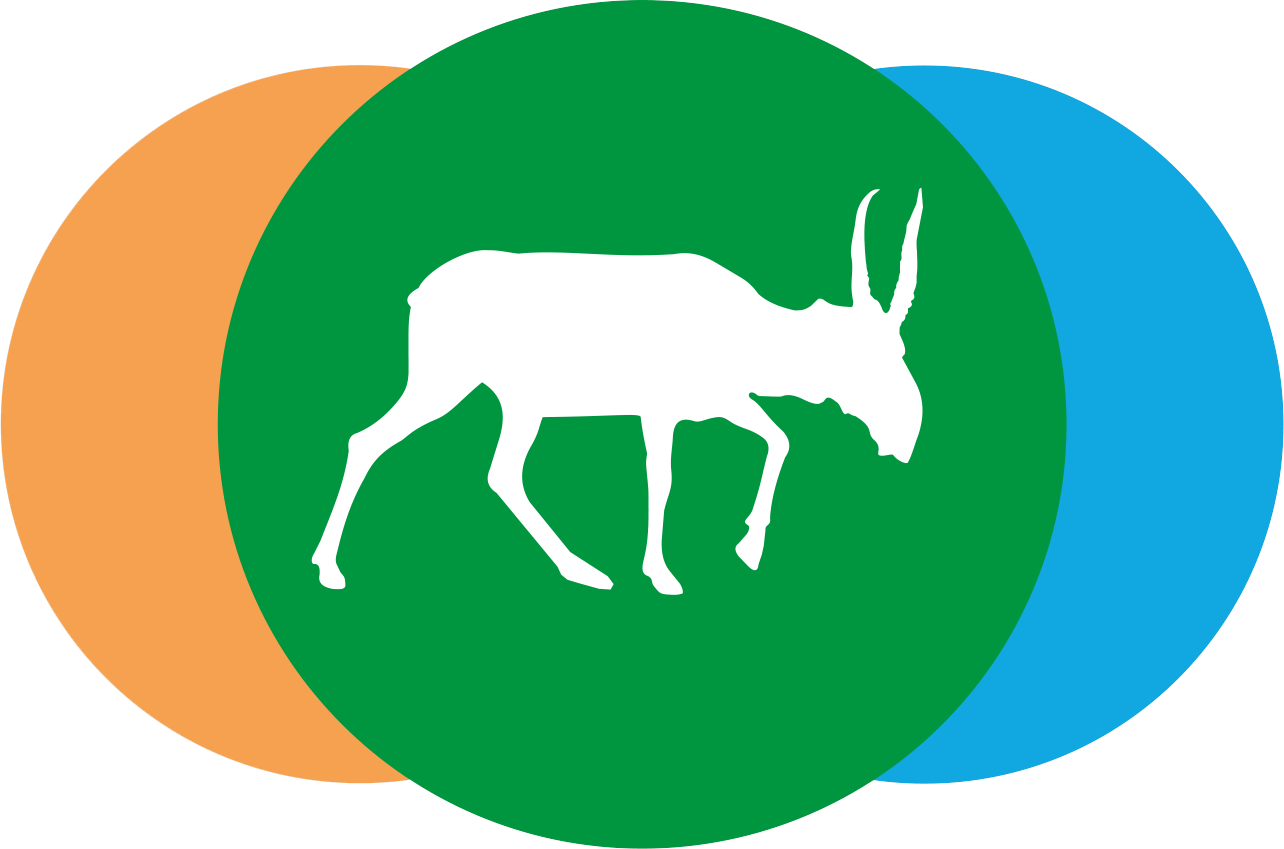Mapping Plague Risk Using Super Species Distribution Models and Forecasts for Rodents in the Zhambyl Region, Kazakhstan
Authors: N. M. Rametov, M. Steiner, N. A. Bizhanova, Z. Zh. Abdel, D. T. Yessimseit, B. Z. Abdeliyev, R. S. Mussagalieva

Институт зоологии Республики Казахстан
Authors: N. M. Rametov, M. Steiner, N. A. Bizhanova, Z. Zh. Abdel, D. T. Yessimseit, B. Z. Abdeliyev, R. S. Mussagalieva
Authors: Nazerke Bizhanova, Moriz Steiner, Nurkuisa Rametov, Alexey Grachev, Yuri Grachev, Maxim Bespalov, Tungyshbek Zhaparkulov, Saltore Saparbayev, Amanbol Sailaukhanuly, Sergey Bespalov, Aibol Bolatuly, Kuandyk Saparov and Shahrul Anuar Mohd Sah
Ниже вы можете скачать некоторые статьи лаборатории териологии.